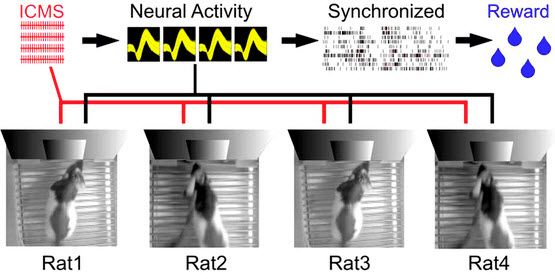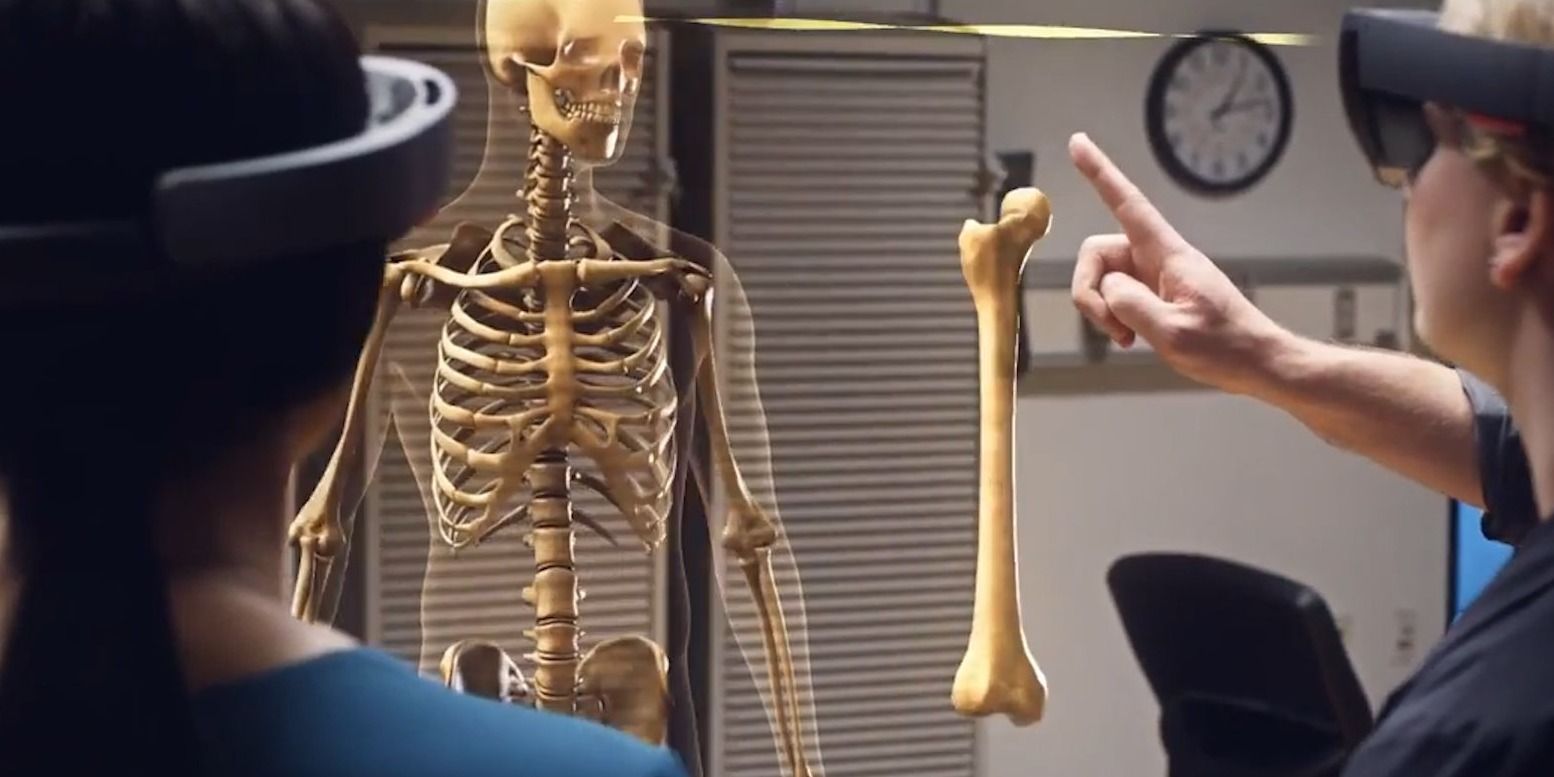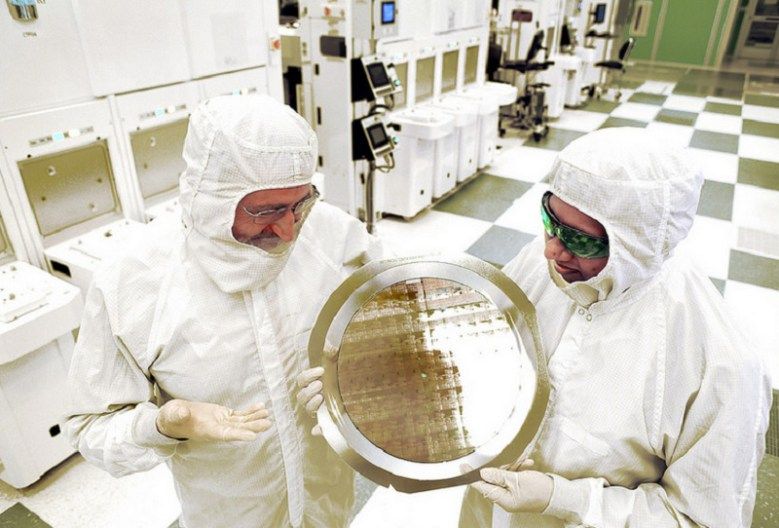Experimental apparatus scheme for a Brainet computing device. A Brainet of four interconnected brains is shown. The arrows represent the flow of information through the Brainet. Inputs were delivered (red) as simultaneous intracortical microstimulation (ICMS) patterns (via implanted electrodes) to the somatosensory cortex of each rat. Neural activity (black) was then recorded and analyzed in real time. Rats were required to synchronize their neural activity with the other Brainet participants to receive water. (credit: Miguel Pais-Vieira et al./Scientific Reports)
By studying bears’ months-long lethargy, scientists may have stumbled on a way to prevent astronauts’ bone loss.
Art and photography often dovetail nicely, to the point of being indistinct at times. But rarely does photography achieve the sort of free-flowing, brush-like effects that Matt Molloy imbues his incredible Time Stack photographs with. “My time stack series is a lot like a digital version of what the impressionist painters where trying to achieve in the 19th-century,” says Matt.
A cybernetic engineer creates a very special child robot ★Join us on Facebook ► http://facebook.com/HorrorScifiMovies ★ Sci-Fi Fan? Don’t miss THIS ➨ http:/…

“We lack ‘true agency’ on the Internet. That is to say, all of the data we create online and all of the operations we execute are handled for us by centralized servers, most of which sit in massive data centers operated by corporations and government institutions. We depend on these servers for everything.”
DARPA is an agency that takes high risks in pursuit of great rewards. This video is a celebration of risk. Thank you to all of the teams that participated in…
Google Ventures and the Search for Immortality
Bill Maris has $425 million to invest this year, and the freedom to invest it however he wants. He’s looking for companies that will slow aging, reverse disease, and extend life.
In semiconductor chip research, IBM has been racking up the breakthroughs for decades. And now it says that work is paying off with the creation of the first 7-nanometer chips.
And these chips will ensure that industry progress, summarized as Moore’s Law, will continue for at least another generation. Once the chips proliferate in the market, we’ll see faster, cheaper, and better electronics products out in the marketplace, from faster computers to smarter “Internet of things” devices, or everyday objects that are smart and connected.








